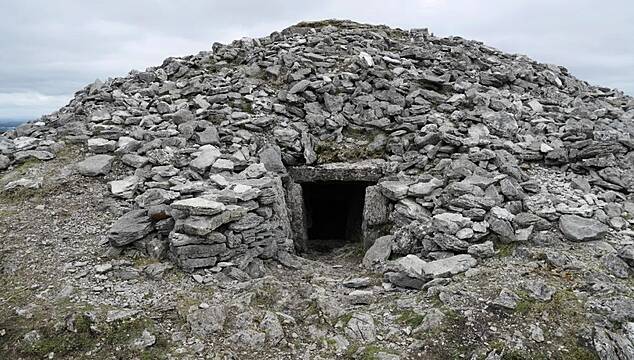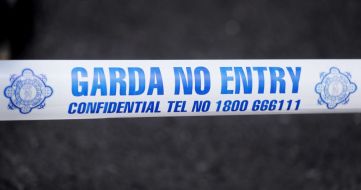The Office of Public Works (OPW) was unable to remove all traces of extensive graffiti which was etched into the stones of one of Ireland’s most ancient monument sites.
A cairn at Carrowkeel in County Sligo was badly defaced last autumn with spirals, circles, and the names of mythological gods scratched into the surface of the rock.
In internal records, the OPW said they first needed to allow gardaí to conduct a forensic examination before staff would try to remove the markings “using non-abrasive methods, water and mild detergent”.
The documents said it was fortunate the burial monument – known as Cairn K – had no evidence of historic rock art meaning that the stone could be washed away without risk of damage to any ancient markings.
“Some of the graffiti may be removed; however, some traces are likely to remain on two to three stones,” said a briefing note.
The OPW said the markings had been “gently cleaned” by their staff and that “little trace” now remained of the scratching.
It was not the only damage at Carrowkeel with a site inspection finding that small stones had been dislodged from the monument known as Cairn G, which could have been caused by either visitors or sheep climbing the burial mound.
At Cairn H, a vertical stone had been “pulled down” which had made access impossible.
Aside from the graffiti damage at Cairn K, monitoring equipment, intended to study movement within the structure, had been “completely removed”.
The inspection note said: “The structural engineer visited today and confirmed that they will need to re-start the monitoring process again.
“The safety of the cairn for visitor access cannot be guaranteed until the results of the monitoring are available, and any necessary remediation work recommended by the engineer is carried out.”
The internal discussions said a major rethink of protection measures needed to be looked at as plans were worked on to seek UNESCO World Heritage Site status for Carrowkeel.
A presentation on damage to the neolithic site said they would be re-examining plans for a boardwalk akin to one on the Wicklow Way to be built at the site.
This would involve construction of a boardwalk that would allow visitors to walk around each cairn and with a “very light rail” to prevent physical access.
It said the entrance to the tombs would need to be closed off “for safety reasons – slippage of material, possible collapse etc”.
The presentation said: “The agreement of the landowner is required to install any new access routes should land be acquired by the state.”
The Office of Public Works said for the time being they were pleading with visitors not to walk on three of the monuments, Cairn G, H, and K and that access was not allowed.
They said cleaning of the badly vandalised Cairn K had been largely successful and that the dislodged vertical stone at Cairn H had been re-erected by stonemasons from the Office of Public Works.
A spokesperson said: “Drystone cairn material previously retained by the stone was carefully repositioned.
“The protection of Carrowkeel Passage Tomb Cemetery remains a priority. Future plans for the protection of the site are under review with the development of a conservation management plan under active consideration.”







